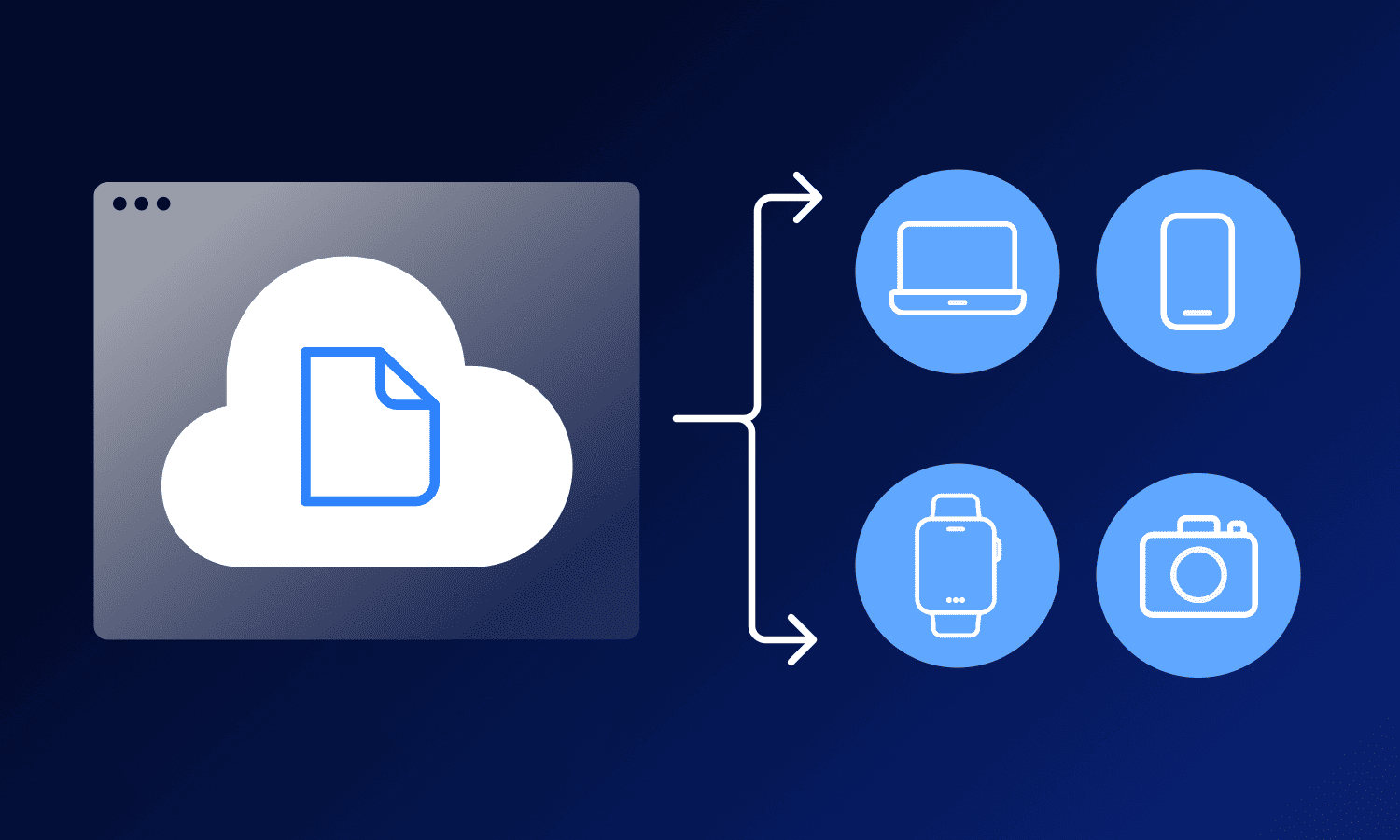the so-called Cloud systems coin the provision of hosting services over the Internet.
Cloud services are virtual means of using cloud computing systems as a storage center, virtual machine, or tool.
Cloud systems are part of everyday life in any organization today. However, these are often confusing to most users in organizations.
This article sheds some light on the use and scope of cloud systems in organizations.
What are cloud systems?
According to Gartner, cloud systems are systems with scalable IT capabilities. These systems should be flexible and delivered remotely as a service to the end user via the Internet.
Through applications and networks, the cloud offers companies the opportunity to create new digital services. With these new digital services, they seek to meet the needs of their employees and customers.
With this, the implementation in organizations of resources such as automation gets easier. What is the goal then of these cloud systems? To make the organization’s operations more efficient and profitable in the long term.
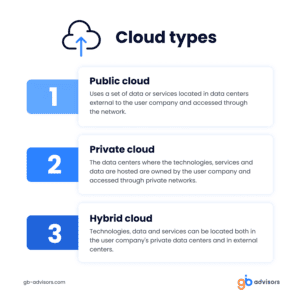
Cloud Systems: IaaS, PaaS, SaaS
What is Infrastructure as a Service (IaaS)?
Cloud infrastructure services (IaaS) are presented as self-service applications. These applications take care of the access, control, and management of remote infrastructures in organizations.
IaaS use cases
Infrastructure services include data and storage centers and firewalls, among others.
If you still do not understand the definition of IaaS, products such as Amazon Web Services (AWS), Microsoft Azure, and Google Compute Engine (CME) will shed definitive light on what IaaS is with a clear concept.
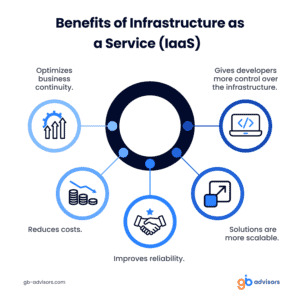
What are Platforms as a Service (PaaS)?
Cloud platforms develop, test, and deploy complex web applications and systems that aim to optimize virtual environments and improve the operations of the organization in question.
PaaS use cases
This service model is perfect when building base systems and applications to link users with technology.
Among its most common use cases, we have:
- Application development
- Process automation
- Analytics
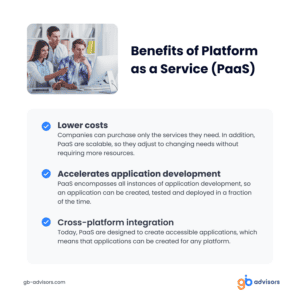
If you still don’t associate PaaS with their use, platforms like Google App Engine and Heroku can help you understand the relationship between both elements.
What is Software as a Service (SaaS)?
Cloud Application Services, better known as Software as a Service (SaaS), focus on using the web to deliver applications to the user.
Service providers use SaaS to deliver applications (e.g., a customer management application) directly to their customers.
Most users prefer them because deployment is easy, as there is no need to download or install additional plugins on their devices.
However, some SaaS applications require special plugins to work properly in the organization using them.
SaaS use cases
Companies that adopt SaaS do so to easily optimize the support and maintenance of their systems and programs.
Among its use cases, we can highlight:
- Customer Relationship Management (CRM)
- Enterprise Resource Planning (ERP)
- Project management software
- Information Technology Services Management (ITSM)
- Work management
- Customer Service Management (CSM)
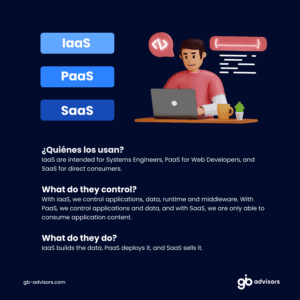
Cloud systems: do you need one?
Cloud systems help companies create and manage versatile applications and solutions so they can fit the needs of the organization.
In addition to this level of customization, these systems seek to optimize every facet of an organization. With this, the work of employees is facilitated and as a result, better customer experiences are offered.
For this reason, knowing the applications and scope of cloud systems and the importance of implementing them in organizations opens a window to excellence in the products and services offered.
Now that you know what cloud systems are, their differences, advantages, benefits, uses, and scopes, ask yourself: how would my organization benefit from this? If you don’t know the answer, contact us, and we will help you answer this and any other questions you may have.
